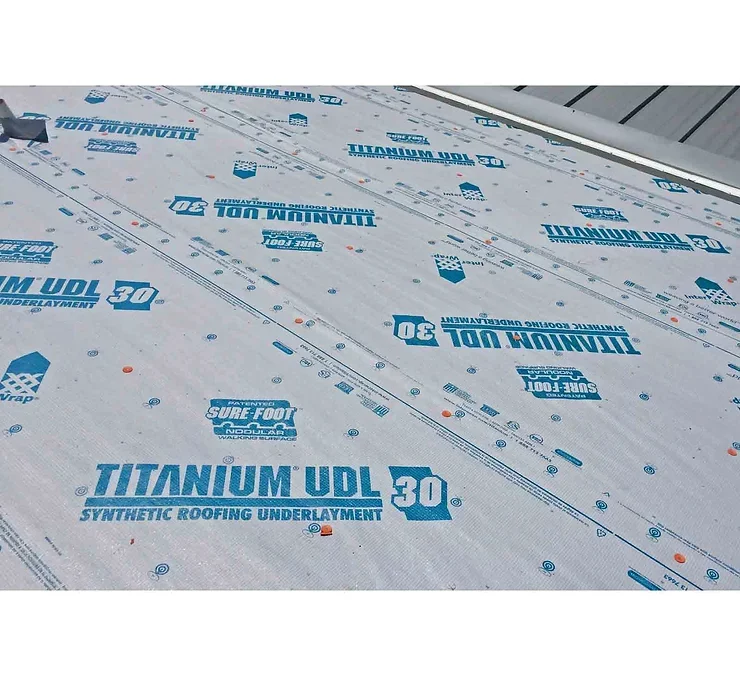This subject is very important when it comes to roofing in general. As ever learning experts in the roofing world, we have realized that putting a layer of protection between the roof and the roof deck is very important. It creates a better looking, better performing roof that will last longer as opposed to not using it. Warning- and here is where we educate consumers. Using the correct underlayment for your project is paramount. Run from any contractor that suggests not using anything, or that it is not important.
What is this underlayment you speak of? In our travels we run into a great deal of different types of roofing. We are big proponents of one great quote a friend once said- “It’s either you don’t know, or you don’t care”. These two things ring true in roofing, siding, baking cookies or anything in life!! We stress using the correct underlayment for the correct type of roof you are installing. Too many times we have seen contractors, builders, and homeowners use roofing felt, or a synthetic roof underlayment under steel or aluminum metal roofing that is not designed for. Its either you don’t know, or you don’t care..
Installing premium product whenever completing a project is the only way to go. Using synthetic underlayment for asphalt roofing or tar paper under a metal roof is not good. You must use a premium, high temp product designed for steel roofing or aluminum roofing. It is 2-3 times the cost of traditional roofing products, but this is no time to skimp. Consult the manufacturer of a product you are seeing to determine if its suitable for use under your steel roof or aluminum roof.
We specifically use Rooftop Guard II underlayment or Titanium Premium roofing underlayment. Both of these products are intended for metal roofing and provide more than enough protection for the demands of a metal roof. Condensation is a big part of this consideration, as we all know metal roofing does produce a great deal of it.
The last thing we impress on our clients is proper installation of this underlayment. We install it using the correct fasteners, the proper nailing patterns, and in a fashion to protect valleys, sidewalls, chimneys skylights etc and all other parts of the roof. Installation techniques we will save for another day!!

